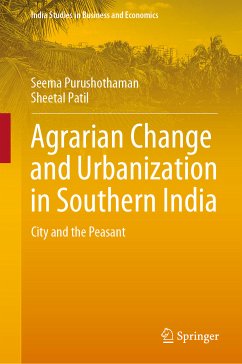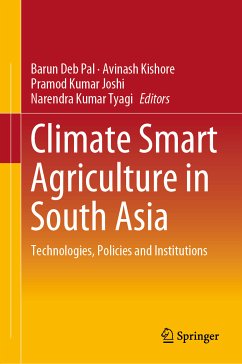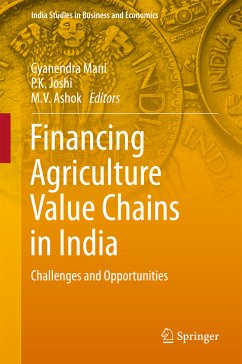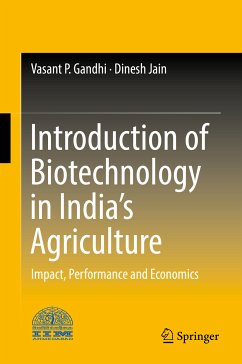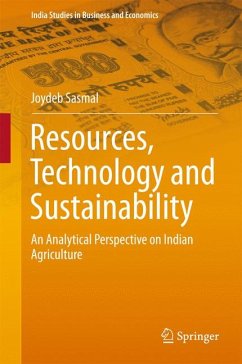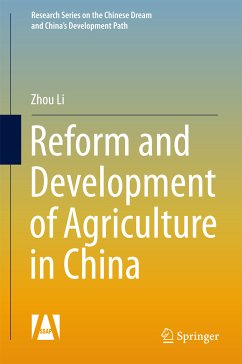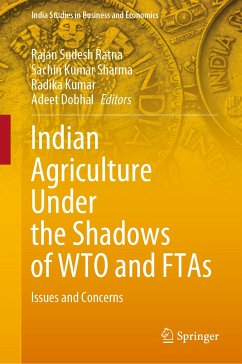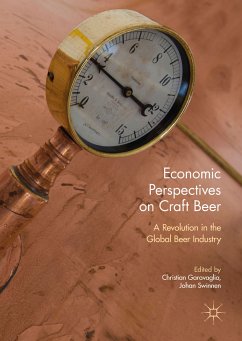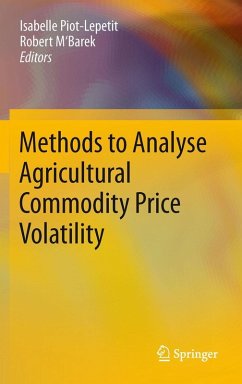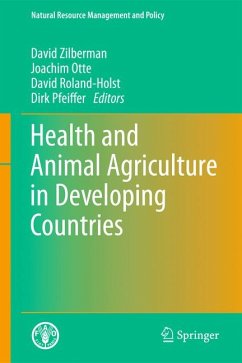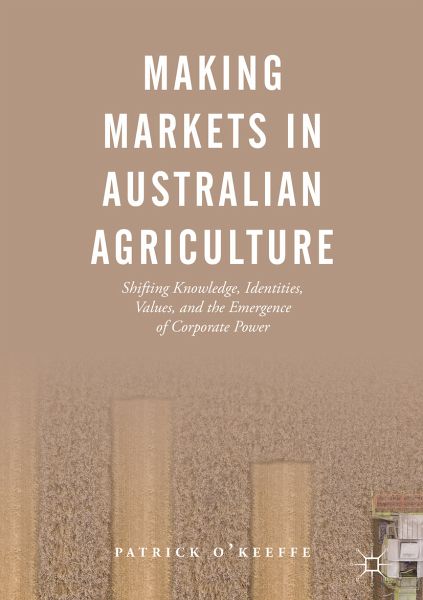
Making Markets in Australian Agriculture (eBook, PDF)
Shifting Knowledge, Identities, Values, and the Emergence of Corporate Power
Versandkostenfrei!
Sofort per Download lieferbar
72,95 €
inkl. MwSt.
Weitere Ausgaben:

PAYBACK Punkte
36 °P sammeln!
Analyses wheat export market deregulation in Australia
Highlights how regional wheat markets have become concentrated, and controlled by transnational agribusiness firms
Examines the construction of knowledge, values and identities to show how machinations contributed to deregulation appearing as the most logical solution
Shows how governmental technologies were used to make the shift towards liberalisation of the wheat export market happen
Dieser Download kann aus rechtlichen Gründen nur mit Rechnungsadresse in A, B, BG, CY, CZ, D, DK, EW, E, FIN, F, GR, HR, H, IRL, I, LT, L, LR, M, NL, PL, P, R, S, SLO, SK ausgeliefert werden.
Alle Preise in Euro und inkl. der gesetzl. MwSt. | Innerhalb Deutschlands liefern wir preisgebundene Bücher versandkostenfrei. Weitere Informationen: bitte hier klicken
Support
Bitte wähle dein Anliegen aus:
Rechnungen
Bestellstatus
Retourenschein
Storno



